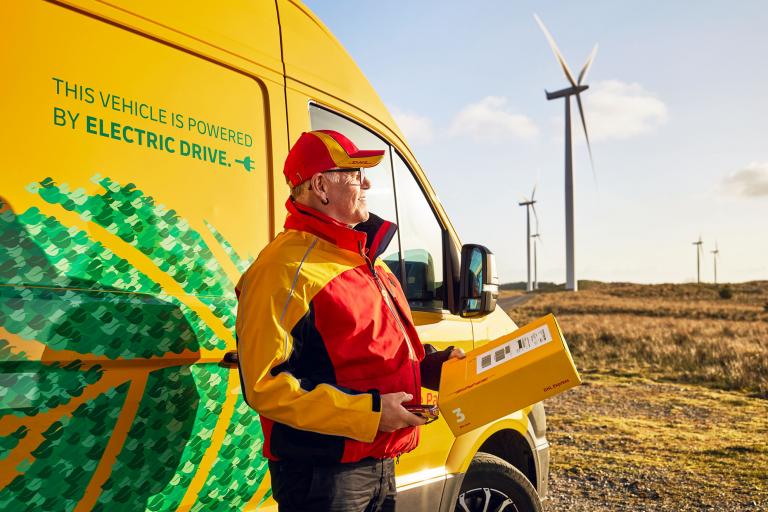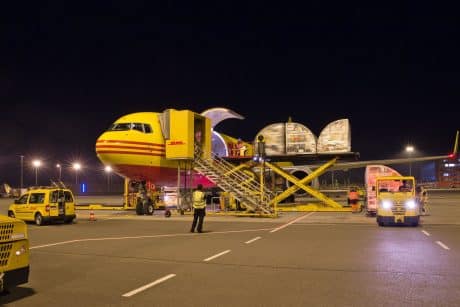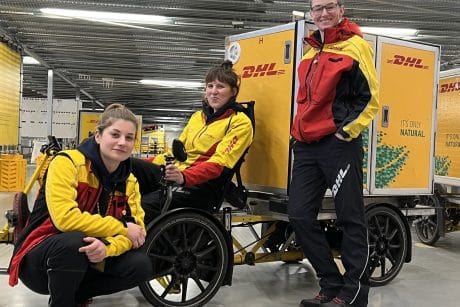As a business, you may have already introduced greener, more sustainable processes into your manufacturing. Have you already thought of green logistics? To put it simple: green logistics equals reducing your environmental impact and CO2-emissions of logistics activities (transportation, packaging, recycling and storage). Other benefits of green logistics? It leads to a better brand image and more profits.
Greener and more sustainable
Both eco-conscious customers and government policy are putting increasing pressure on companies to adopt more sustainable, greener practices in every aspect of their business. And that includes logistics.
Transport and logistics are responsible for a large proportion of greenhouse gases. So it’s vitally important to make your logistics practices greener and more sustainable. Fortunately, there’s a wide range of steps you can take. Some are changes you can make quite quickly. Others will take more time and exploration.
As well as benefitting the planet and the human race, you may be surprised to learn that many of these changes will actually benefit your bottom line. And of course, all will please your increasingly eco-conscious customers.
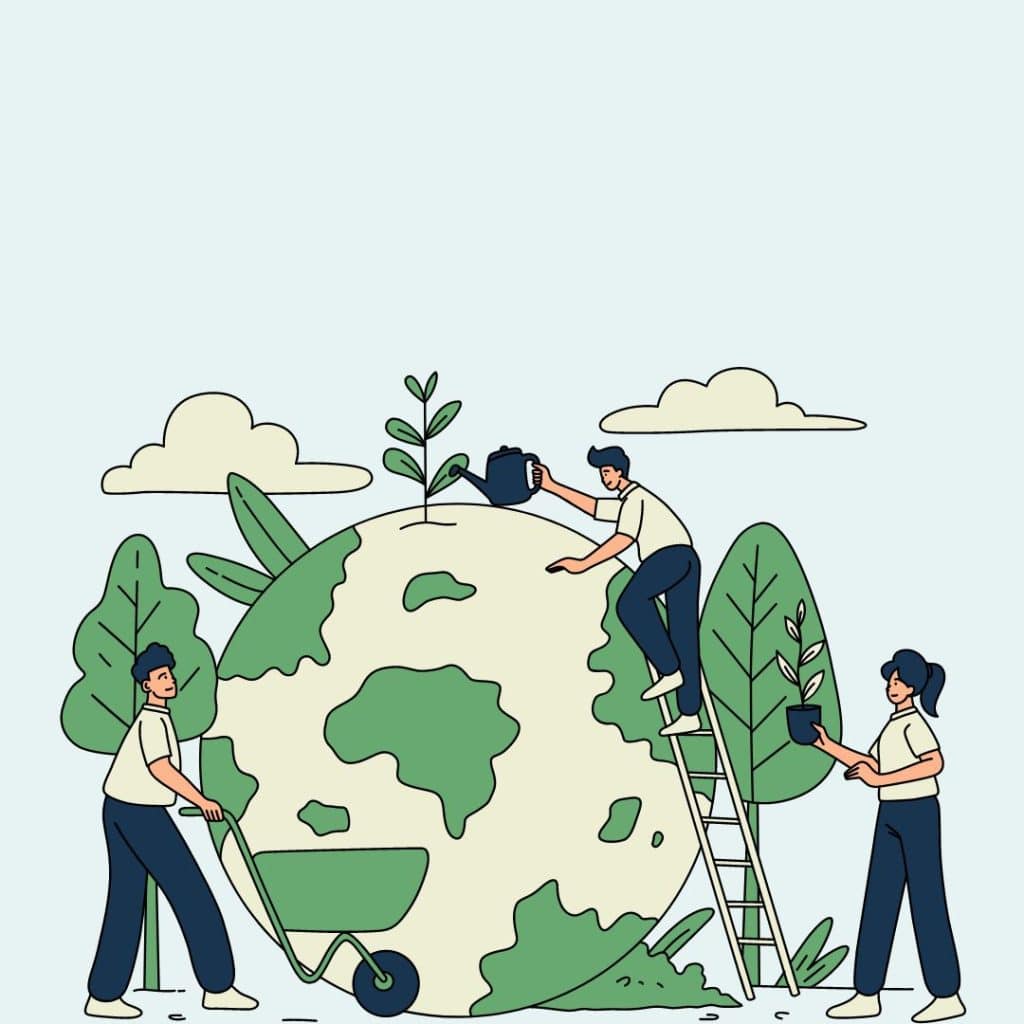
Packaging
It’s estimated that up to seven types of packaging material go into a single parcel: tape, cardboard boxes, styrofoam padding and bubble wrap are common ways to protect goods during transport.
Worse still, much of it is plastic. In fact, packaging accounts for almost a third of all plastics production – but only 14% of it is recycled, according to a joint report by the World Economic Forum and the Ellen MacArthur Foundation.
So packaging makes a big contribution to the world’s plastic waste problem. And with the increase in e-commerce, that contribution is set to get bigger.
Green packaging
The solution? Green packaging.
Big businesses are increasingly adopting it. Computer hardware giant, Dell, for example, pioneered the use of bamboo packaging to protect some of its products during transport. It’s an easily renewable and incredibly durable source with strength equivalent to steel. Dell is also testing material such as pulp from sugar cane and mushrooms to create a biodegradable alternative to styrofoam.
Here are some suggestions on how you too could switch to green packaging:
- British firm Woolcool has developed a sustainable, insulated packing option from sheep’s wool, which can maintain products in chilled, frozen and room temperatures and be re-used four times.
- Huidu Huanbao, a Chinese company, has developed a green recyclable packaging box which can be reused up to 14 times.
- Noissue creates made-to-order, custom packaging, with every product 100% reusable, recyclable or compostable.
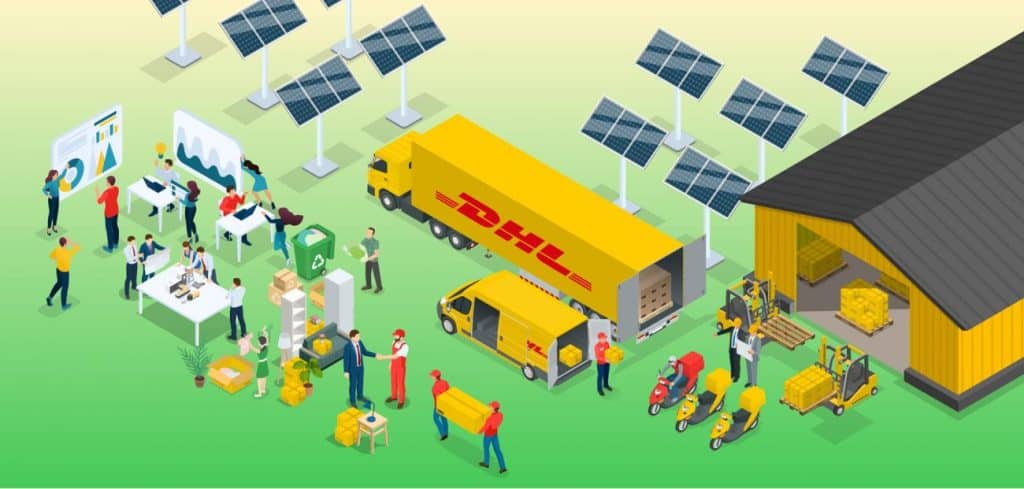
Smarter, space-saving packing
We’ve all received them: small deliveries in huge boxes, with excessive packing materials and layers of wrapping filling the unused space. Nothing is more guaranteed to annoy the eco-conscious customer – to the extent that they are now routinely “packaging shaming” e-commerce companies on social media.
Fortunately, businesses can fix this – and save money – through smarter, green packaging. For example, to combat excessive packaging caused by empty space in individual parcels, DHL worked with one customer in the USA to develop a cartonization system to select right-sized boxes for each shipment. More boxes can be packed into each shipment, which reduces the overall number of shipments needed – and hence the environmental impact and costs
Beschermende verpakking
Other companies have cut waste – and costs – by transporting goods in flexible, protective packages like bags and pouches, which occupy less space. Make sustainable, space-saving packaging one of your green logistics strategies.
A green supply chain is also important to make your logistics more sustainable. That’s for another time!

